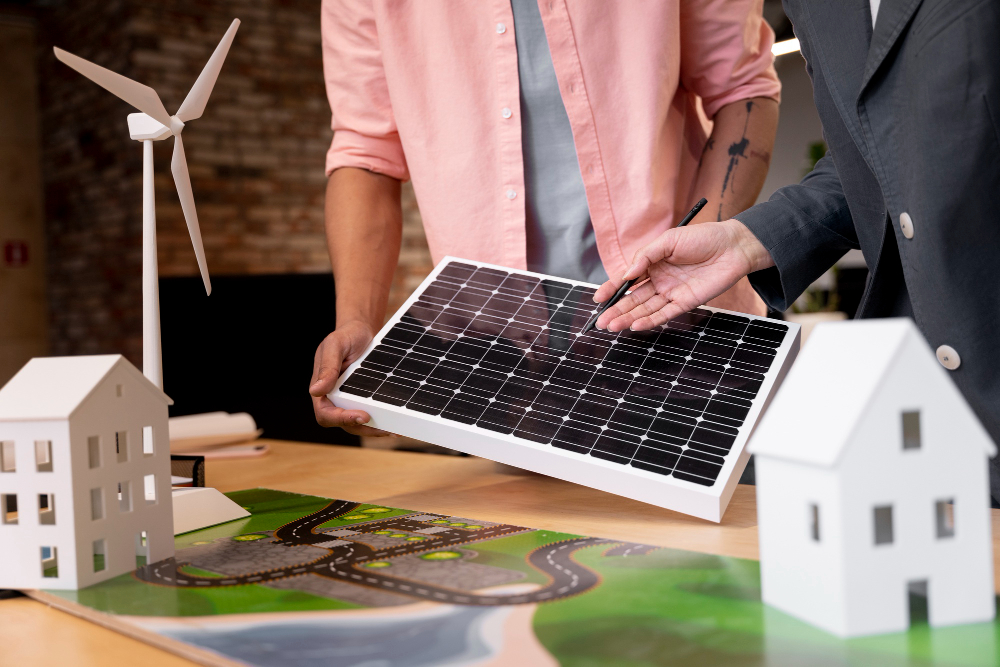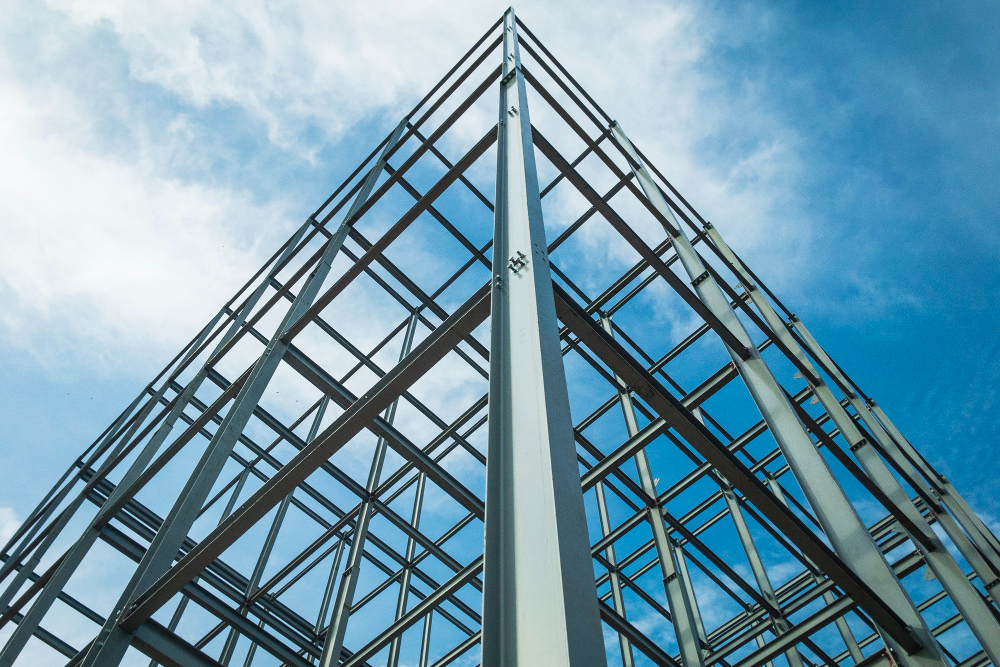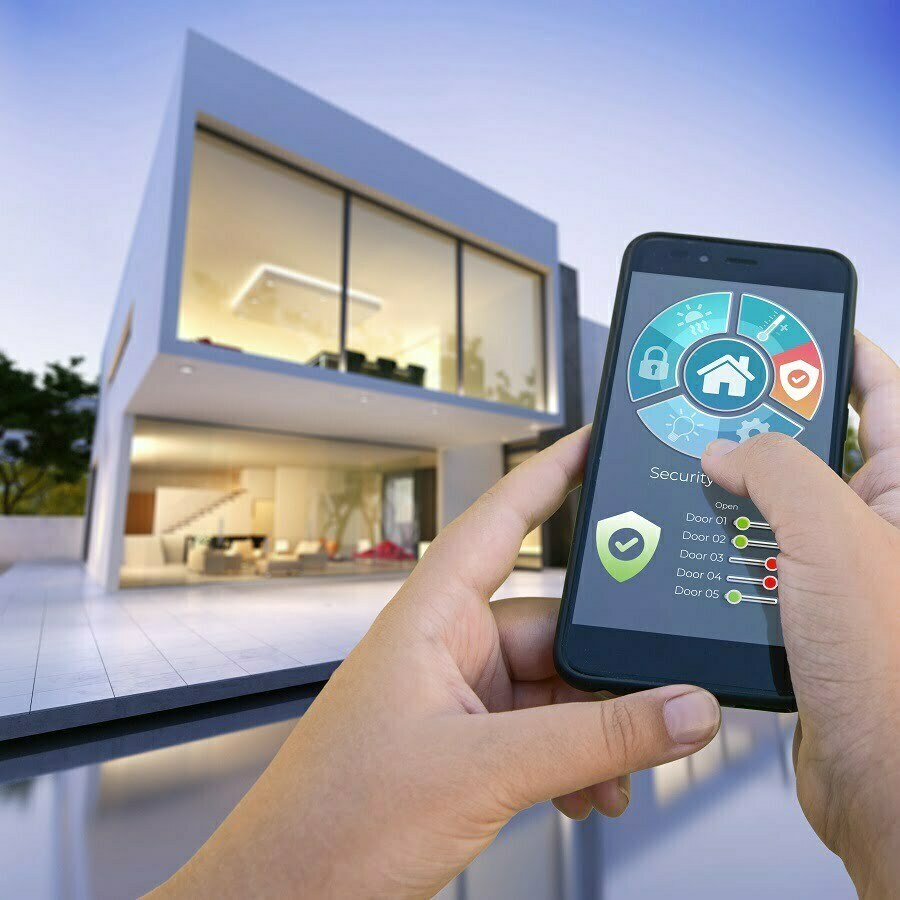Last updated on
We’re all about environmentally responsible construction and green building. But how does it manifest in day-to-day construction? Read on!
Whether you’re building a new home from scratch or just making some eco-friendly upgrades to your current one, there are plenty of ways to go green with your construction.
Here are six tips to help you get started!
Utilize Space Efficiently
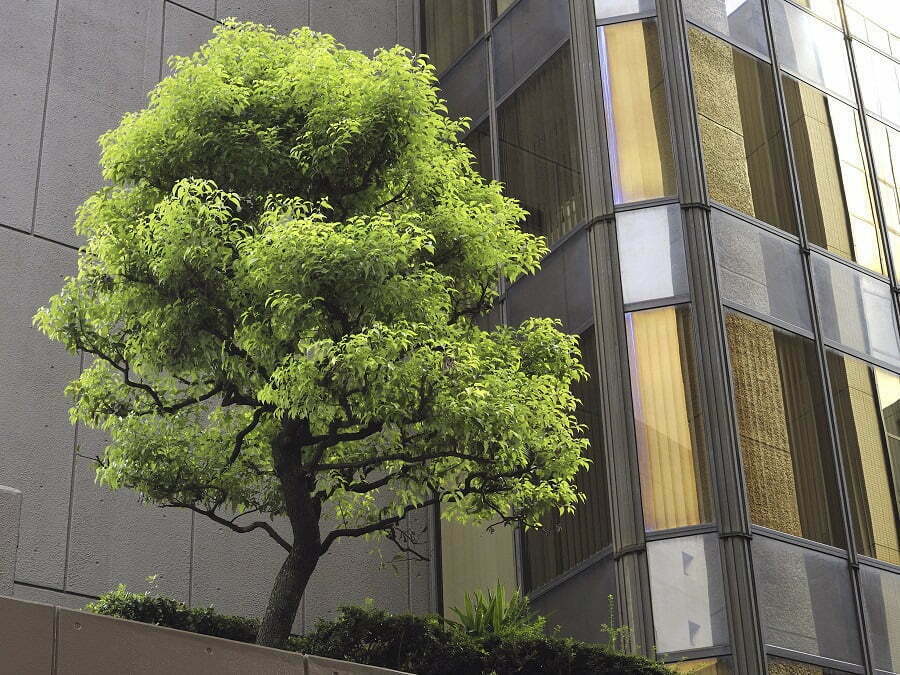
When estimating construction costs, most people are focused on one-time costs only and tend to forget the long-term operational costs. Green building strategies are focused on energy efficiency. The less space you need to heat and cool, the more money you will save. This is why green buildings utilize space efficiently by utilizing passive solar design, creating open floor plans, and incorporating green roofs.
Also, green building designs are focused on indoor air quality and natural light, which can improve the health of your occupants. Try to reduce the building space where possible, and use the space you do have efficiently. The smaller footprint will also reduce the energy consumption for your building.
Choose Sustainable Materials

Sustainable materials are made from renewable resources and have a low environmental impact during the production process. Choosing sustainable building materials reduces the amount of waste sent to landfills, which helps reduce greenhouse gas emissions. Sustainable materials can also help you save money on energy costs and maintenance.
Green building strategies encourage the use of recycled and reclaimed building materials, which are less expensive than new materials. Recycled and reclaimed materials are also better for the environment because they reduce greenhouse gas emissions from manufacturing new products.
Use Green Power Sources
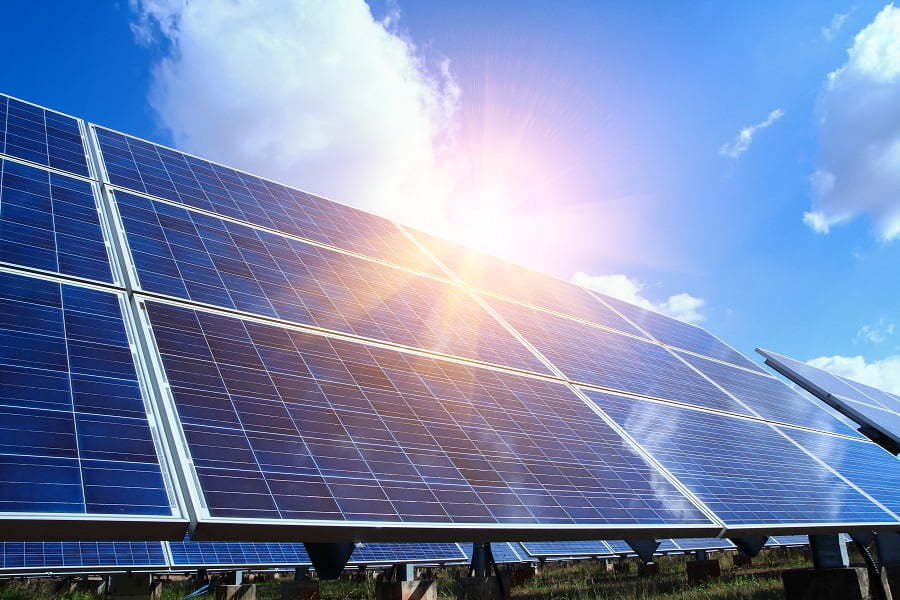
Green power is a renewable source of electricity that comes from wind, solar, geothermal, or water-based power generation. Using green power sources helps reduce your carbon footprint and greenhouse gas emissions by using renewable energy instead of non-renewable fossil fuels or nuclear energy.
Green power reduces your carbon footprint by up to 80% compared to non-renewable energy sources like coal or oil. Green power also has lower operating costs than traditional utilities, so it can reduce operating costs for your business as well as your personal expenses.
Reduce Waste
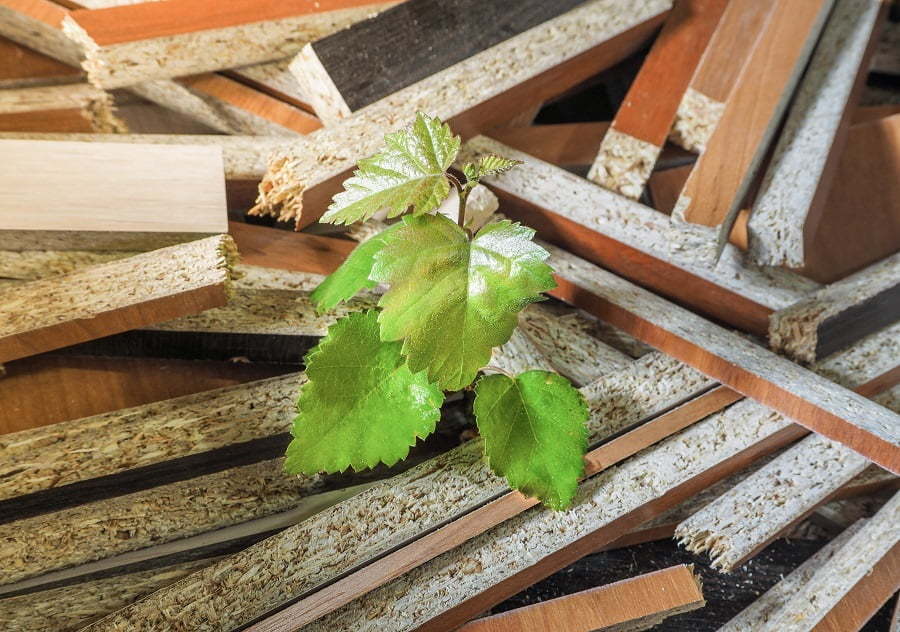
Waste is any material that is thrown away during the construction process that ends up in a landfill or incinerator instead of being reused or recycled. Managing your construction site properly and reducing waste will help you save money on construction because you won’t need to throw away unusable items and will reduce the amount of waste sent to landfills, which means fewer greenhouse gasses will be emitted into the atmosphere through the decomposition of the waste materials in landfills and incinerators.
Build Healthy Buildings with Natural Lighting
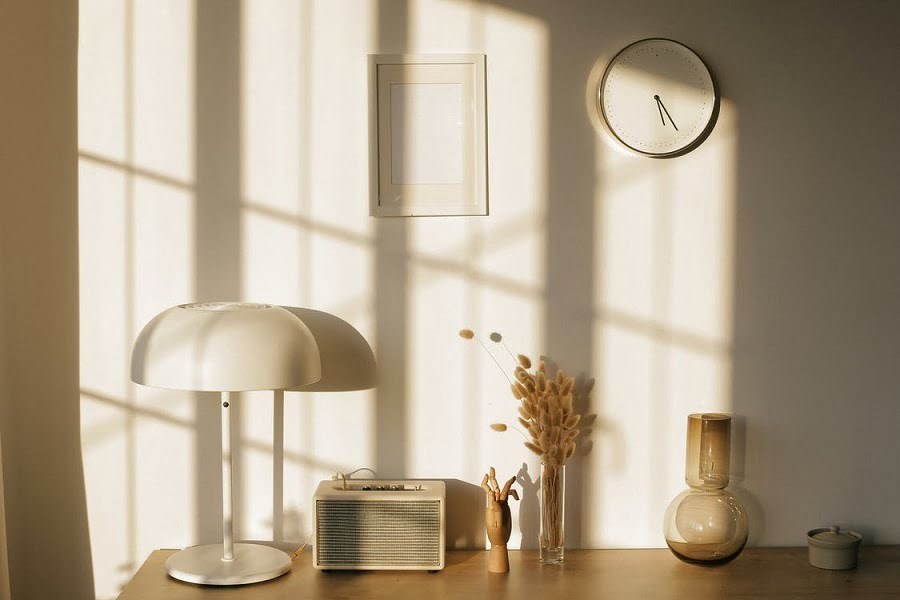
Natural light is essential for healthful living, but many modern buildings have poor ventilation systems that make it difficult for people to get enough exposure to natural light during their day-to-day lives at work or home. Natural light improves physical health by providing vitamin D, which can improve bone health and prevent depression.
Natural light also improves mental health by reducing stress levels. The more time people spend indoors without exposure to natural light, the more likely they are to suffer from the seasonal affective disorder (SAD) during the winter months when there’s less sunlight available outdoors.
Build for Resiliency

Resiliency refers to a building’s ability to withstand extreme weather conditions without sustaining damage or suffering from power outages. In addition to reducing greenhouse gas emissions, building for resiliency will help you save money on energy costs by reducing the need for heating and cooling systems.
Resilient buildings are also more comfortable and healthier places to live because they are less susceptible to mold and other air quality issues caused by extreme weather conditions.
Related reading:
Table of Contents
